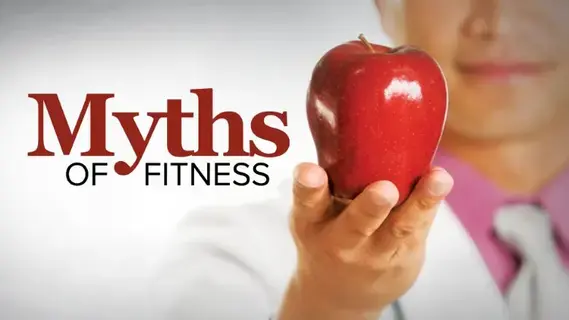The Myths of Nutrition and Fitness
Self-paced course
Certification program
Price
$12.99
Rating
Reviews (3)
Help other learners make their choice
One examples was supplements section. Supplements are junk he says, then he adjusts but saying "some pregnant women and kids might need something" - Seriously? Where is reality here? what about all the people with Vitamin D deficiency just for starters. No way, you'll get no good info here.
0
The Professor aimed his discussion at professional and very serious amateur athletes. The course material had only accidental benefit for casual athletes.
0
Really did not expect a lot from this 2011 course, as the topic is constantly over-published. Goodman has two advantages: he appears to be quite active physically and his medical work is not locked into a tiny subspecialty. In my prior experience as a physician, this latter is extremely important. While subspecialists perform amazingly well in their area, generalists are much better at understanding the "whole person" and interacting body systems. Goodman's advice and cautions separate the wheat from the chaff and consider the "whole person". Goodman begins lecture 1 (L1) with the VERY appropriate caution that "…there's a lot in this field of nutrition and fitness that changes every single day." Why? The Great Course "Unexpected Economics" by Taylor notes (L18) "universal opinion…was often the result of 2 or 3 people who analyzed (a) subject". This is rampant in medicine: when I was an intern, a specialty society decided that circumcisions were bad. This went on for about 2 years and then got reversed much to the chagrin of the now older boys. Hardly the only bad call made "on high": Goodman, for example, correctly replaces the "food pyramid" with "the healthy plate rule". He also gives a lot of nice "general" advice. For those without personal trainers, he suggests (L1) pre-workout meals as "low in fat, moderate in protein, and highest in complex carbs, suggesting things like avocadoes or hard cheese on whole grin crackers, eggs with whole wheat toast, turkey, hummus or other nut butters…yogurt, fat free milk, and dried fruit." He says that the pre-activity load should be about 200 calories. This is a "fist sized volume" eaten over 20 minutes to avoid bloating while providing satiety…rapid eating causes chronic stomach overstretching, defeating satiety and inviting obesity. Specifics continue: hard activities over 1 hour require 50 carb calories per hour and (L2) a quart and a half of water/sports drink 2-3 hours prior to heavy exertion. Working outside in sweltering heat, I appreciated the way (L2) he correlated water weight loss with replacement: After exercise the (mostly water) weight loss is replaced with 150% of its WEIGHT in water/electrolyte solutions and then you should also recheck your weight. The examples from his rowing days were helpful as were his cautions about alcohol-related dehydration and insensible water loss at altitude (L6 adds that going from 6000 to 10,000 feet doubles triples your water loss). L3's "A pound of …fat (is) about 4000 calories." but 30 minutes of exercise 3x a week only burns 800 calories. It is a reason to PAY ATTENTION to the rest of the lecture. Doing the calculations for L4's limitations on protein intake (to avoid overwhelming liver capacity, hyperaminoacidemia, hyperammonemia, diarrhea, calcium bone loss, etc.) may have a wonderful effect on lowering your meat budget. After calculating my own by the various methods, he suggested, I lowered my grocery bill meat costs significantly! He comments on an odd effect of creatine that messes up statin dosing, takes to task "energy drinks" and notes that Quercetin, if helpful, is found in apple skins, berries, red win, black tea, and some leafy vegetables. His L5 on excessive dieting seems less applicable today when obesity is celebrated in the media. However, "excessive” has taken a new form as "addiction to exercise" - he covers its difficulties nicely. L6 covers extreme sports and includes specifics about glycogen storage and carb loading that were nicely reasoned. His comments on why snow won't work for hydration; high carb water weight gain, GI bloating, and diarrhea, the rationale behind scaling back training prior to events; and the MRI cardiac fibrosis found in lifelong extreme athletes were all interesting. CONCLUSION: Loved L2's "bottled water costs more than gasoline". The 93-page guidebook for this 6-lecture course starts with a summary for the lecture followed by the actual lecture transcript…Nice! Finally, please note that I am RETIRED physician and nothing I've said here is medical advice.
0
3 Hours
Free trial
English
Beginner










